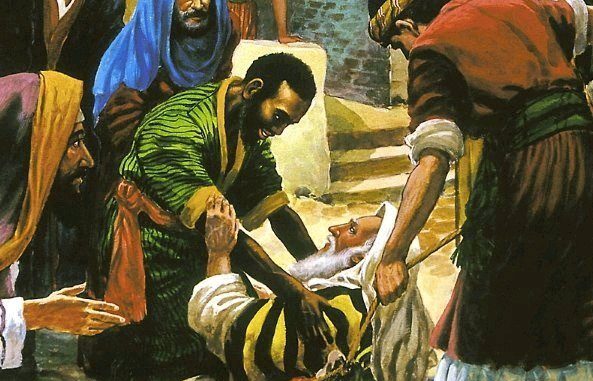
Images play a key role. Our capacity to understand the narrative an author is intending to present is influenced by the mental images that emerge, both physically and emotionally.
The author’s use of imagery guides the reader to certain conclusions. The colours red and blue, for instance, are associated with serenity and alertness, respectively. Pictures help the audience identify with the story’s protagonists and antagonists.
Customers are more likely to enjoy a story in which they can see themselves reflected in a central character. It’s important to notice this because Christianity has been unfairly labelled the “religion of white guys” for a long time. This has led many people of colour, especially those of African descent, to feel like they have no place in the story God is telling.
In the Bible, there is only one common ancestor to all peoples (Acts 17:26). Have you ever read a passage in the Bible and recognised a part of yourself in it? Please give me a chance to assist you. There are five biblical figures of African descent that I’d like to highlight.
1. Simon the Cypriot.
Many people believe Simon is dark since Cyrene is considered to have been near to present-day Libya. Simon played a smaller but no less significant role in the biblical narrative.
Simon must work for the One who will ultimately save him as Jesus makes his way to Calvary. Simon is forced against his will to carry Jesus’ cross to the cross. God’s providence enabled Simon to take part in one of the most significant turning points in human history.
2. Eunuch, a man from Ethiopia
Acts 8:26–40 introduces the Ethiopian Eunuch as a character. It is uncertain whether he was the first gentile convert considering his strong appreciation for the Christian faith (Acts 8:28). (Acts 8:28). The Holy Spirit alerts Philip to the whereabouts of an Ethiopian pilgrimage to Jerusalem. The person is met by Philip.
The importance of the book he was reading increased when it became clear that Eunuchs could not reach the inner courts. It is generally accepted that the conversion of the Ethiopian Eunuch by Philip, which was inspired by the Holy Spirit, was the primary impetus for the formation of the Church in Ethiopia.
3. Ebed-Melech, third
We are ultimately introduced to Ebed-Melech, a Eunuch from Ethiopia. Chapter 38 of Jeremiah, which is legible, continues the story. Unlike Zedekiah, who was in charge of Judah at the time, Ebed-Melech was a bold man. When the prophet Jeremiah is mistreated, Ebed-Melech defends him in front of the king and comes up with a plot to save him from the cistern (Jeremiah 38-7-13). (Jeremiah 38-7-13). However, Ebed-Melech triumphs over King Achashverosh…..DISCOV£R MOR£
S££ What They Did To Osama Bin Laden’s House After His Death

Leave a Reply